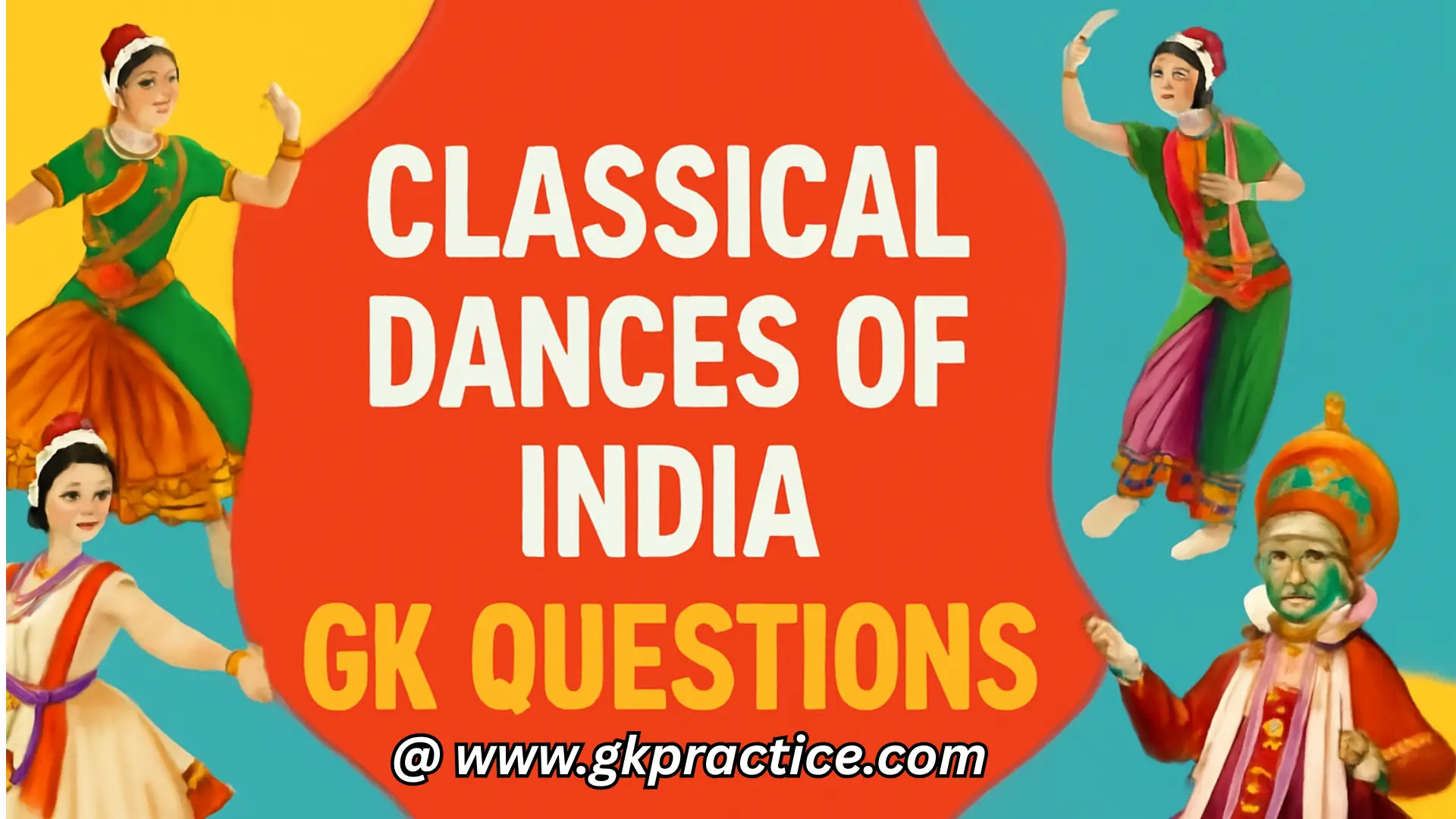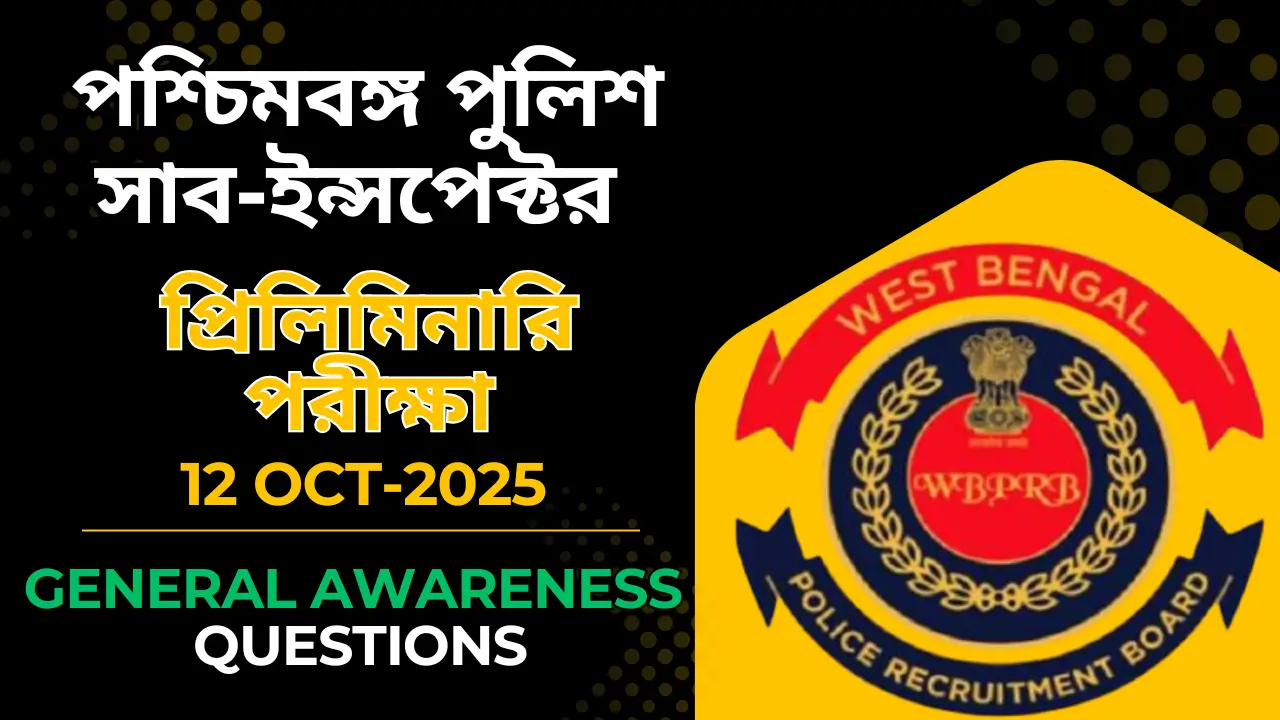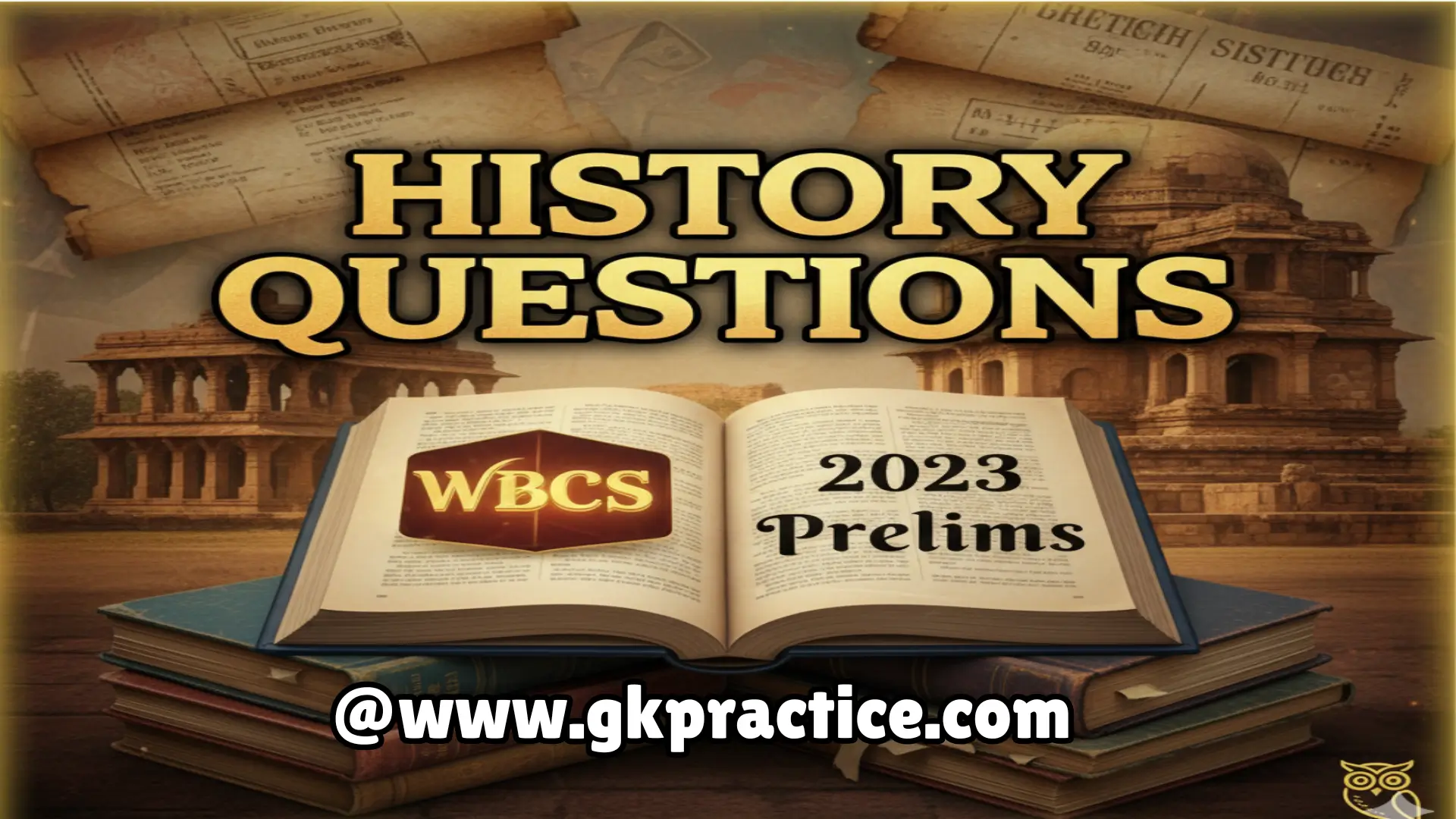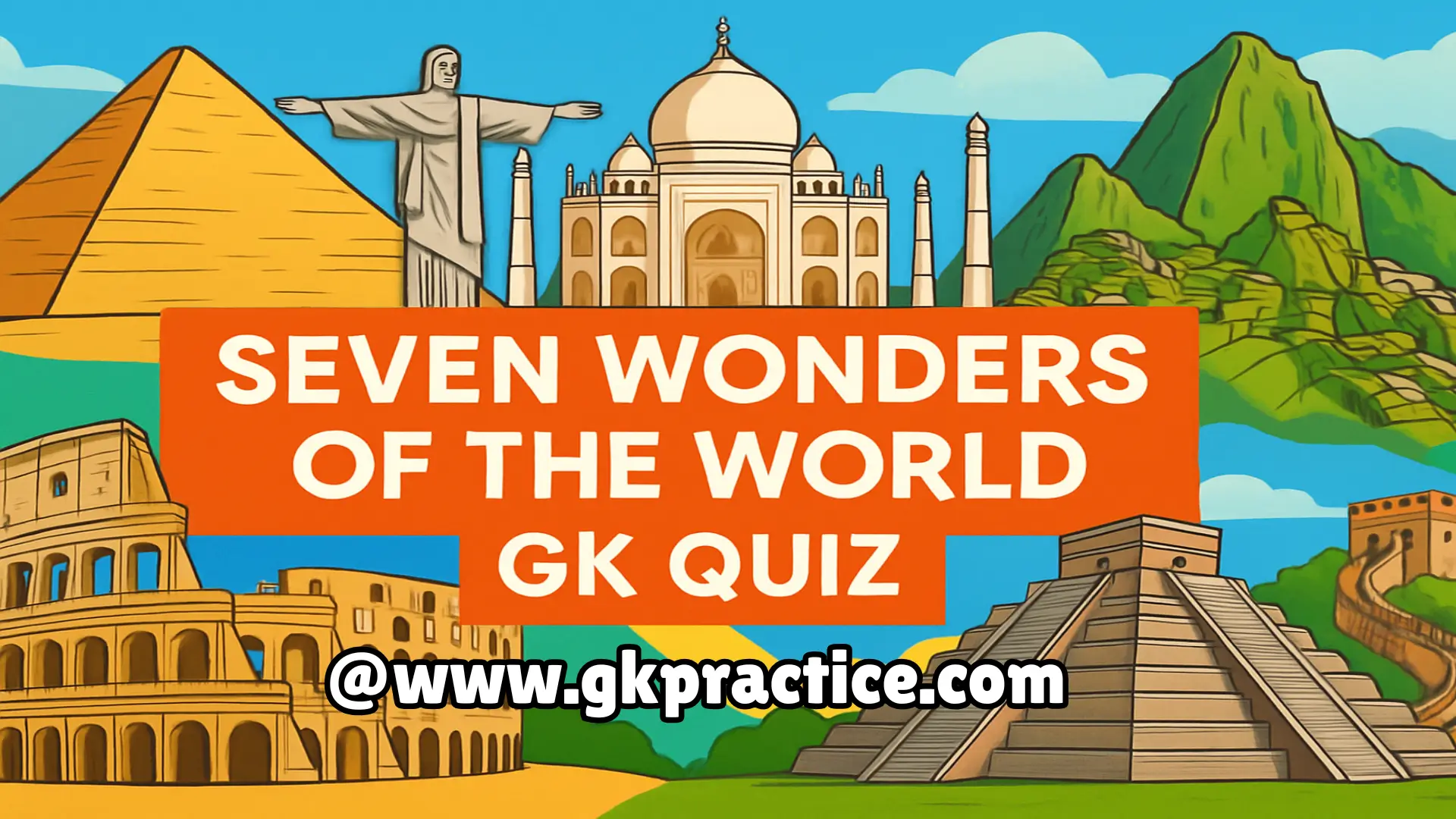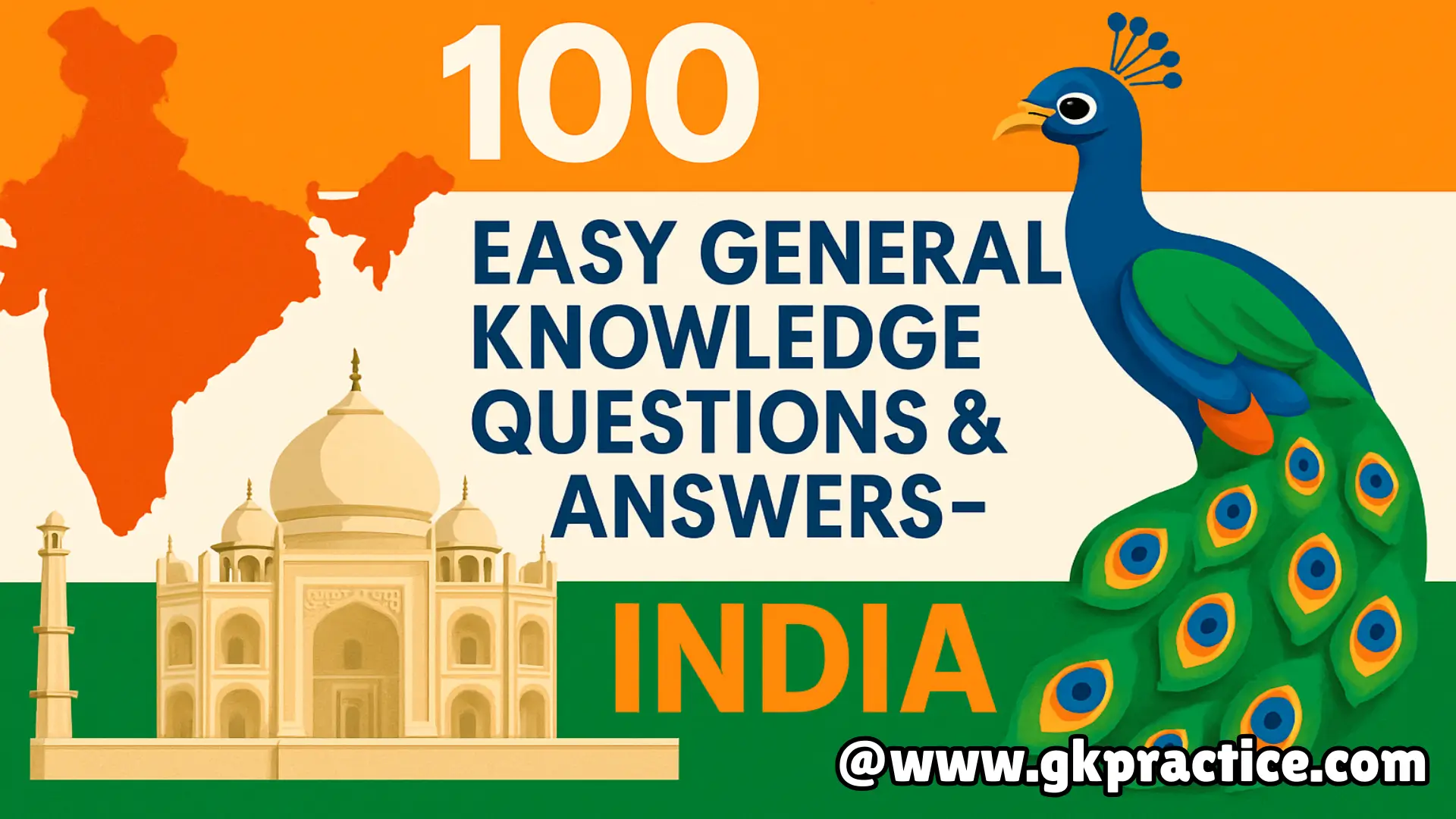Explore Classical Dances of India GK Questions with answers and explanations. Learn about Bharatanatyam, Kathak, Odissi, Manipuri, and more classical dance forms. Enhance your knowledge for SSC, UPSC, Railways, Banking, Defence, and State PSC exams.
Test your knowledge with these Classical Dances of India GK Questions. Perfect for SSC, UPSC, Banking, Railways, and all competitive exams:-
Q1. Which is considered the oldest classical dance form of India?
a) Kathak
b) Bharatanatyam
c) Odissi
d) Kathakali
Explanation: Bharatanatyam, originating in Tamil Nadu, is regarded as the oldest Indian classical dance with over 2,000 years of history. Traditionally performed in temples, it combines devotion, storytelling, rhythm, and sculpturesque postures symbolizing spirituality.
Q2. Kathak is primarily associated with which region of India?
a) North India
b) South India
c) Eastern India
d) Western India
Explanation: Kathak is the classical dance of North India. It developed from ancient storytellers (Kathakars) narrating epics through expressive gestures, rhythmic footwork, and graceful movements often performed in Mughal courts.
Q3. Odissi, one of the classical dances, originated in which state?
a) Odisha
b) West Bengal
c) Bihar
d) Assam
Explanation: Odissi, from Odisha, is one of the oldest Indian dance forms known for its sculpturesque poses, lyrical grace, and devotion to Lord Jagannath. Its movements resemble temple carvings and spiritual storytelling.
Q4. Kathakali is a dance-drama form belonging to which state?
a) Kerala
b) Tamil Nadu
c) Karnataka
d) Andhra Pradesh
Explanation: Kathakali is a famous dance-drama from Kerala. Known for elaborate costumes, painted faces, and vigorous movements, it depicts stories from Hindu epics like the Ramayana and Mahabharata in dramatic style.
Q5. Manipuri dance is primarily based on the love story of?
a) Shiva and Parvati
b) Radha and Krishna
c) Rama and Sita
d) Vishnu and Lakshmi
Explanation: Manipuri, from Manipur, emphasizes the Raas Leela of Radha and Krishna. Its movements are graceful, devotional, and flowing, symbolizing love, spirituality, and bhakti traditions in Eastern India.
Q6. Kuchipudi dance originated in which state of India?
a) Andhra Pradesh
b) Telangana
c) Tamil Nadu
d) Kerala
Explanation: Kuchipudi originated in Andhra Pradesh as a dance-drama form. Initially performed by male troupes in temples, it blends graceful movements, quick footwork, and expressive storytelling of mythological tales.
Q7. Mohiniyattam is a graceful dance form of which Indian state?
a) Kerala
b) Tamil Nadu
c) Karnataka
d) Assam
Explanation: Mohiniyattam, from Kerala, is known as the dance of the enchantress. Characterized by elegant movements, swaying body postures, and feminine grace, it is deeply devotional and performed solo by women.
Q8. Sattriya dance was introduced by which saint of Assam?
a) Sankardev
b) Chaitanya Mahaprabhu
c) Tulsidas
d) Kabir
Explanation: Sattriya dance, from Assam, was introduced by the saint-scholar Srimanta Sankardev in the 15th century as a form of devotional storytelling and Vaishnavite tradition performed in monasteries (Sattras).
Q9. Which dance form is famous for storytelling through intricate footwork and spins?
a) Kathak
b) Bharatanatyam
c) Odissi
d) Manipuri
Explanation: Kathak is renowned for fast spins, rhythmic footwork with ghungroos, and expressive gestures. It blends Mughal court culture and temple traditions, making it unique among classical dances.
Q10. Which classical dance is often described as “Sculpture in Motion”?
a) Bharatanatyam
b) Odissi
c) Kathakali
d) Kuchipudi
Explanation: Odissi is called “Sculpture in Motion” because its movements resemble the temple sculptures of Odisha. It combines fluid body bends with strong footwork, creating a visual resemblance to stone carvings.

